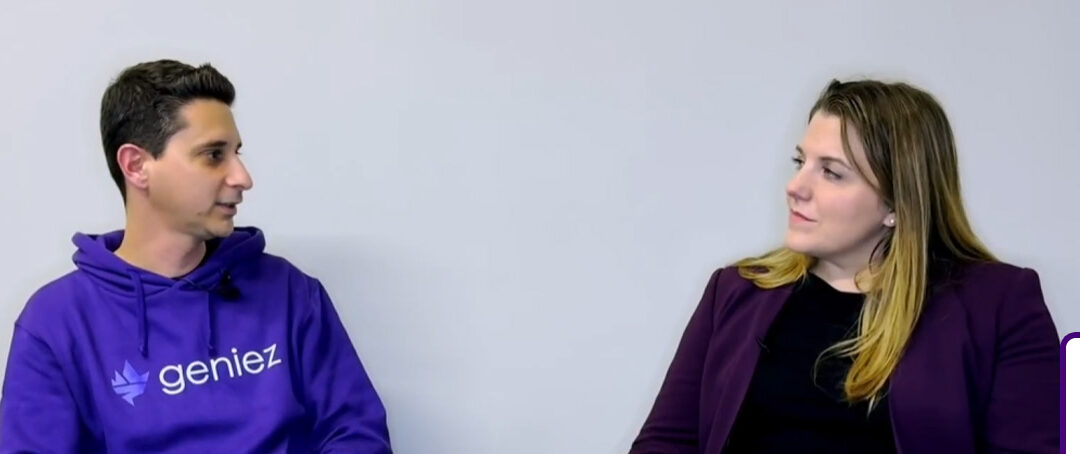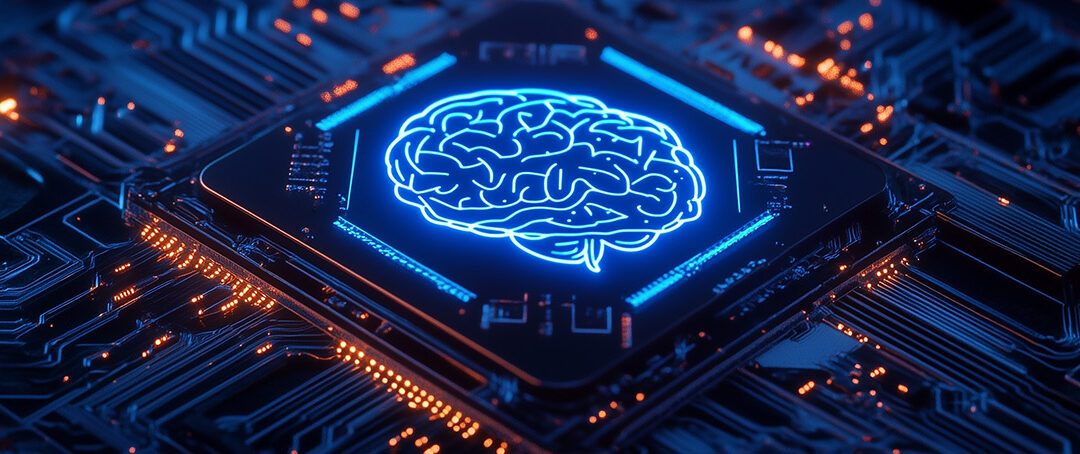Business transformation and agility are critical in today’s fast moving world. Clients demand insights faster, more often, and with greater accuracy based on up-to-the-second transactional data that is frequently housed in mainframe systems. The dependency on technology and the rate at which information is created and consumed continues growing exponentially. Applications have to rapidly adapt to take account of the dynamic digital business models and environments. All this drives the need for flexible IT infrastructures that are built on a rock solid foundation to deliver consistent dependability, performance, and security in the face of rapid change.
Our z Systems portfolio is a perfect match for delivering on these needs. It is well recognized that mainframe hardware and software technology deliver unmatched levels of quality, reliability, security, and scalability. On top of this, z/OS clients have historically moved their systems forward conservatively, which has further helped to build the mainframe’s reputation for rock solid stability, essential for the most demanding business-critical workloads. A corollary is that the mainframe is often perceived as a stagnant platform that cannot move quickly, and cannot support the agile or DevOps needs of modern applications. Nothing, of course, could be further from the truth. However, challenges do remain.
DB2 for z/OS, the mainframe’s flagship relational database product, is changing to a continuous delivery (CD) model to help further address these challenges. With CD, DB2 will deliver new features to the market faster, and in increments that will be much easier for customers to consume. Let’s take a closer look.
DB2 12 for z/OS is the latest release of DB2 and is currently in “beta” testing, or ESP (Early Support Program) testing as we call it. DB2 12 will deliver many new features for mobile, cloud, and analytics applications, while also bringing many new innovations to market to improve performance, availability, and security.
DB2 new versions have followed a historical pattern of about every three years or so, and our customers have grown comfortable with this cadence over the years. However, upgrading to a new DB2 release can be a major effort for customers. In the past, we have introduced innovations such as online rolling version upgrades (for data sharing), and APPLCOMPAT. These features allow IT groups to upgrade in a more streamlined way without having to take outages or involve application groups. But, nonetheless, a DB2 version upgrade can still be a cumbersome project. As a result of this, coupled with the conservative nature of mainframe environments, some customers don’t implement new DB2 versions until several years after GA of the product. With our traditional three-year delivery cycle, along with the version upgrade delays, it can be five to six years or more between the time that we complete the development of a new feature until the point at which that feature actually becomes available on a live system. In today’s fast changing world, this is no longer sufficient.
With CD, we will deliver new features continuously, as they become ready, on future DB2 releases. This will allow application developers and DBAs to access important new features more quickly without having to wait five to six years or more for the next DB2 version.
How will this be done so that it’s consumable and non-disruptive for customer environments?
Our approach to CD must meet or exceed the quality and stability requirements that the z Systems customer base demands, while making the delivery of new features consumable. Customers will receive defect fixes and new features in the same stream. They will be able to apply their DB2 maintenance upgrades just like they always have, including the ability to roll in maintenance upgrades across their data sharing groups while keeping the databases continuously available. In fact, this should become much easier because there will be fewer APARs with ++HOLD actions caused by toleration APARs (the new “function level” concept will ensure that necessary maintenance is applied across the DB2 group, therefore removing the need for many of these existing ++HOLD actions).
What is different is that the new maintenance will contain new features that are initially dormant. The customer can choose when to activate the new features via a new system activation command. APPLCOMPAT controls will be provided to ensure that applications remain stable and to allow for controlled exposure to the newly activated features. We will provide easy to access documentation on which new features are included in which function levels. We will work closely with ISVs to ensure that upcoming features are effectively communicated ahead of time so that the overall DB2 ecosystem remains stable as DB2 changes are incorporated.
We see the road ahead for DB2 for z/OS as being an exciting and rewarding journey for both IBM and its customers. Agile, quality-focused development will allow us to continuously deliver robust production-ready features to DB2 users much more rapidly than we could in the past; therefore, enhancing the vitality of the DB2 product and greatly easing the task of DB2 upgrades for customers.
More information will be forthcoming on DB2 continuous delivery as DB2 12 approaches general availability.








0 Comments